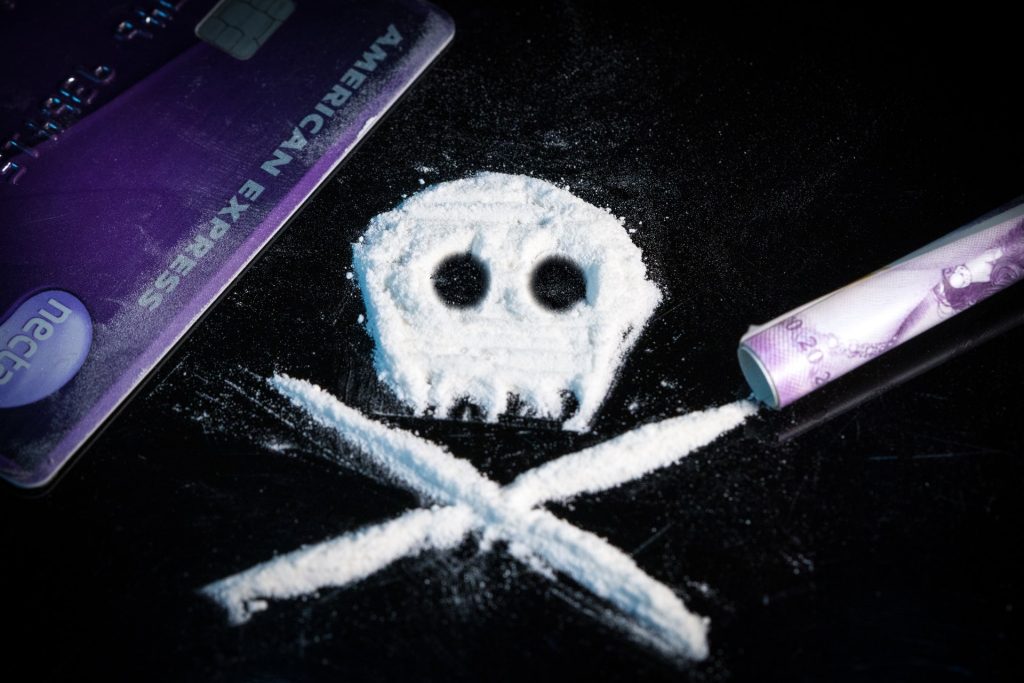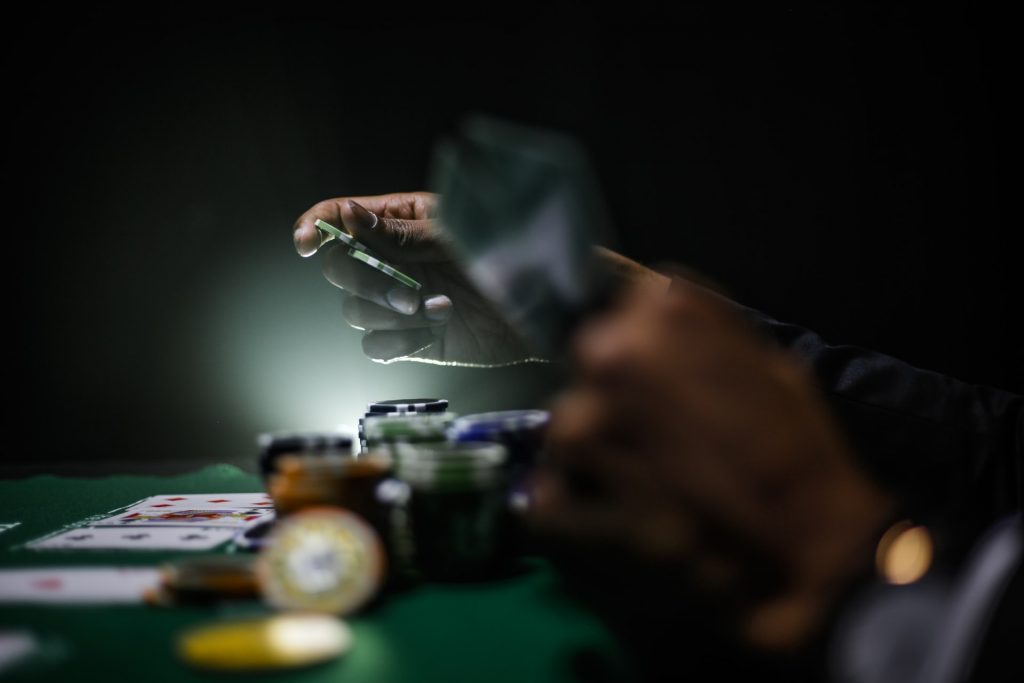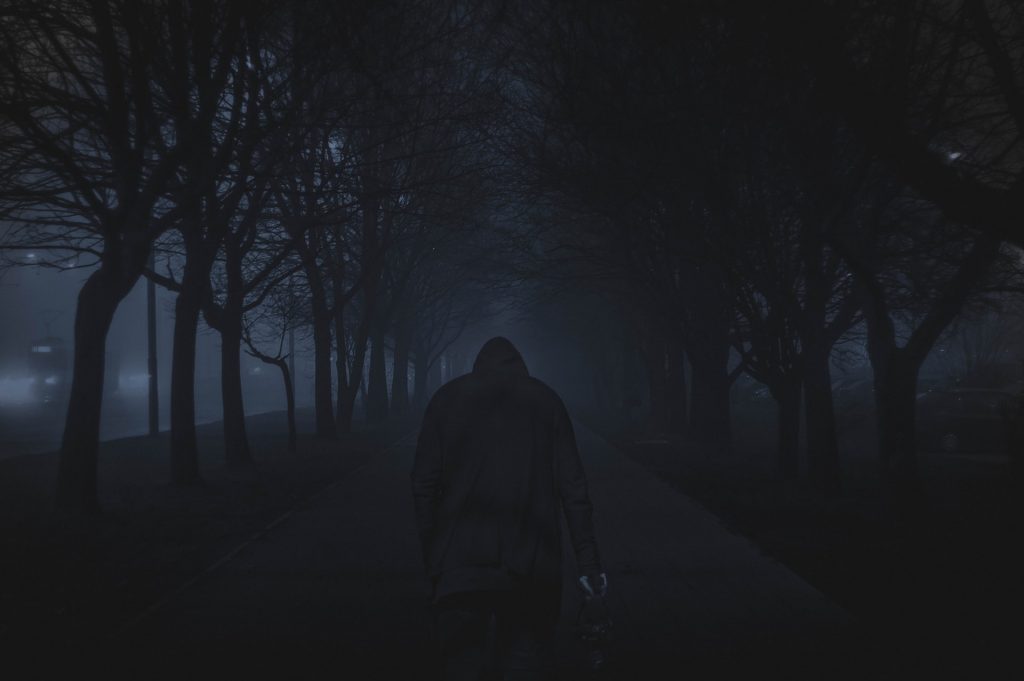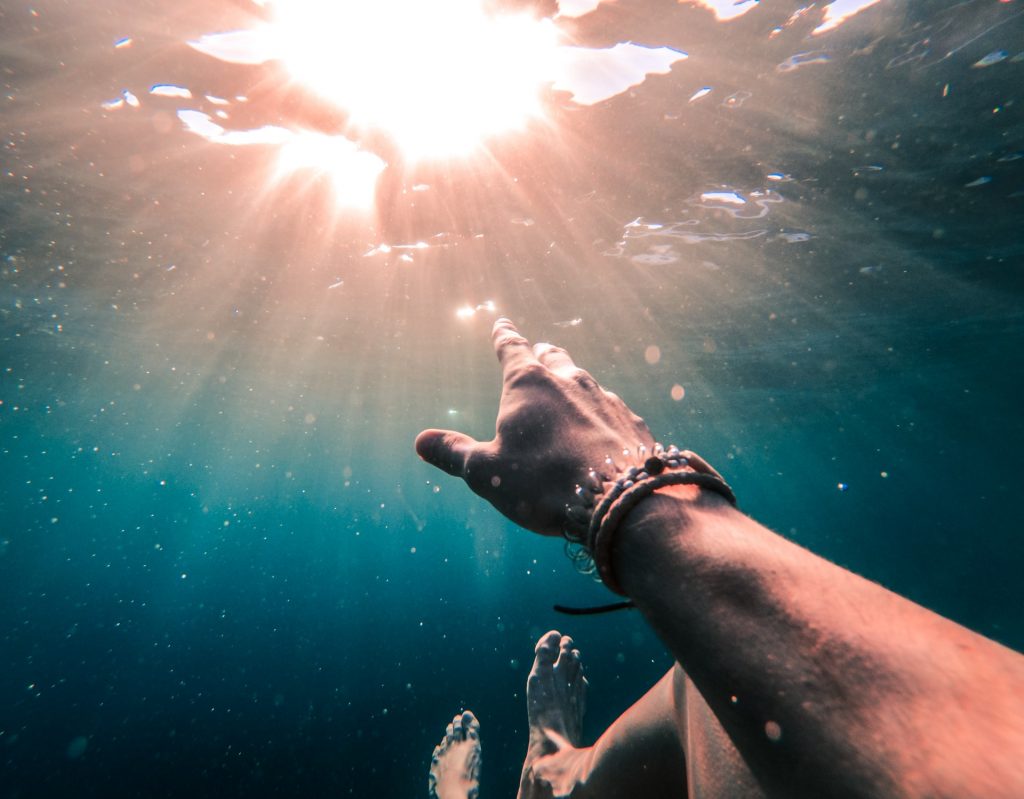I arrived in Vancouver in 2018. The first thing I noticed is homelessness mixed with drug addiction.
All big cities wrestle with homelessness. But I’ve never seen something similar to Vancouver Downtown Eastside (DTES).
The level of open drug use is astonishing.
But what affects me the most is body degradation.
The loss of beauty, teeth, limbs…Some can’t even lift their spine.
As Naguib Mahfouz wrote:
“Nothing records the effects of a sad life so graphically as the human body.”
Seeing this, you just want to shout: What the hell is going on here?
I asked some Vancouverites and got different stories.
Some link it to the closure of a psychiatric hospital and the release of its patients on the streets.
Others said Vancouver’s weather attracts drug lovers of the whole country.
It was not until I came across the work of Dr. Gabor Mate that I had a better picture.
He worked for over a decade with addicts in Vancouver DTES.
The interesting part is his unified concept of addiction.
It doesn’t matter if it is substance-related or not. All addictions have something in common.
Why Addictions?
In Vancouver DTES, besides being placed outside the law, addicts have other problems to deal with.
Many suffer from medical conditions from mental illness to HIV or cancer.
They lose their body, relationships, wealth, and ultimately, their lives.
In Canada, a total of 7,560 apparent opioid toxicity deaths occurred in 2021.
Despite all these risks, nothing seems to shake them to give up on their addictions.
Why? What do they find in drug use that is worth taking all these risks?
For Dr. Gabor Mate, they find temporary relief from pain.
All his patients were seriously traumatized as children. They suffered physically or emotionally from abuse or neglect.
In brief, drug use is a response to human suffering.
They have this emotional pain and don’t know what to do with it.
The only way they found to temporarily escape their pain is through drugs.
The biggest challenge of the addict is not the substance, it’s the pain.
And I can understand this especially when I read about Indigenous people in Canada.
Many were permanently damaged by residential schools.
Separated from their parents, they grew up without love.
The school system led a campaign of cultural genocide and the destruction of Indigenous people’s self-worth.
What do you do then with this burden of shame and anger inside you?
What Addictions Have in Common

Dr. Gabor Mate’s book on addiction is called “In the Realm of Hungry Ghosts: Close Encounters with Addiction”.
The title is inspired by the Mandala—the Buddhist wheel of life.
It has six realms. Each realm represents a different state of the human being.
The realm of hungry ghosts is populated by creatures with narrow necks and huge bellies.
They have an endless desire while being unable to satisfy it.
Addictions work the same way.
We constantly try to fill our emptiness from the outside without success.
All addictions seek to relieve pain or distract from it. They are habits we develop that cause harm in the long term.
Some are more socially tolerated than others and not all of them are substance-related.
Drugs, sex, the internet, alcohol, work, shopping, nicotine, food, gambling…
Ultimately, they all share the same process. As Dr. Mate wrote:
“There is only one universal addiction process. Its manifestations are multiple, from the gentler to the life-threatening, but in all addictions it utilizes the same brain circuits of pain relief, reward and motivation; it imposes the same psychological dynamics of shame and denial, the same behaviours of subterfuge and dishonesty. In all cases, it exacts the price of inner peace, harm to relationships, and diminished self-worth.”
A Closer Look at Addictions

Not everyone who tries drugs becomes an addict.
Gamblers don’t need to consume their deck of cards to develop an addiction.
We have food every day and most of us don’t turn into compulsive eaters.
The point is that addiction is less about substance and more about an unresolved human problem.
At the cellular level, a substance or activity will affect our neurotransmitters and receptors.
For example, compulsive eating can increase brain dopamine levels by 50%; sex, nicotine, and alcohol by 100%; cocaine by 300%; and crystal meth, or “speed” by 1200%.
The brain will always try to restore balance when it’s flooded with dopamine. So it reduces the number of receptors. This causes the tolerance phenomenon—the need for more and more of the substance or activity to get the same effect as before.
In the end, we become addicted to our own brain chemicals!
Just like a plant needs the right conditions for optimal growth, humans need physical and emotional nurturing to develop properly.
Going back to residential schools where children were uprooted and treated without love, what kind of person do you imagine them becoming?
Painful circumstances like abuse, family violence, divorce, or war…can deregulate a person, and thus, makes them more susceptible to addiction.
There is a pain to soothe and not everyone is equipped with the internal tools to handle it.
This failure to self-regulated—remain emotionally stable—leads to the constant need for external sources of comfort.
Sex, gambling, eating, or gaming will activate the same brain systems as drug addictions.
While the dopamine receptors diminish, our insatiable needs grow bigger.
The Road to Healing

R. D. Laing once said:
“There are three things human beings are afraid of: death, other people, and their own minds.”
Some addicts are more afraid of living than of dying.
And the stronger the addiction gets, the less you care about other people.
So the need to escape their own minds is the number one priority.
Addicts need help for healing not a judgment about their morals or character.
The focus needs to be less on the object of addiction and more on the cause.
A question like “What cause you so much emotional pain?” is far more helpful than “Aren’t you ashamed of your behavior?”
They’re already lacking internal resources to deal with pain and stress.
Some approaches only push them towards more excess.
In Canada, the process of bringing Aboriginal and non-Aboriginal together is called Truth & Reconciliation.
Healing is right in between these two words.
Truth is to acknowledge one’s experience and the need to heal.
Dr. Mate’s patients were all traumatized from childhood.
But trauma can happen at any age.
By denying and suppressing, the healing process can’t even begin.
Reconciliation is the end of the healing process.
I would argue that reconciliation with oneself is far more important than reconciliation with others.
The second can’t happen without the first.
The split of the self is consuming. One part is screaming for help while the other tries hard to ignore it.
Reconciliation is restoring the wholeness of the fragmented self.
In Waking the Tiger: Healing Trauma, Peter Levine wrote:
“Of all species, there is only one that routinely develops long-term, traumatic aftereffects—the human.”
Animals react to danger and recover. Winning for them is surviving no matter the response.
For us, as well, surviving negative scenarios should be a source of pride.
Final Thoughts on Addictions

I, too, had an emptiness that I tried to fill from the outside.
Drinking the weekends, smoking, watching endless series, working a lot…
Nothing really worked to distract me from my own mind.
When your own thoughts become your worst enemy, the battle is already lost.
Ultimately, I ended up depressed and in despair.
You don’t know how depressed you’ve been until you know what it is like not to be depressed.
The moment I sincerely turned to Allah, emptied my bag, and asked for help, things started to change.
I don’t know yet how to put that experience into words.
It was as if someone pressed your reset bottom and instantly, the scattered parts of your being came together as a completed puzzle.
A weight was taken away. My chains weren’t strong enough to keep me captive.
While I wish I didn’t behave a certain way, I can’t deny the transformation that follows it.
Among the many fruits of this transformation is the blog you’re reading.
Thomas Hora M.D. said:
“All problems are psychological, but all solutions are spiritual.”
I couldn’t agree more.
“Praise be to Allah for guiding us to this. We would have never been guided if Allah had not guided us.” [Quran 7:43]
Article published: July 10, 2022
Popular Articles
- 7 Lessons from Luqman that Will Make You Wise
- Are Muslims Meant to Be Sleep Deprived?
- How to Enjoy Salat and Make it Meaningful
- Mongols Invasions: Some Forgotten Lessons to Today’s Muslims
- Islamic Psychology: A Model Where Faith Has Its Place
- Muslims Judging Each Other: Why and How to Be Less Judgy
- 3 Tips to Unlock the Believer Mindset
- How to Honor the Prophet
- Healing with the Medicine of the Prophet
- How to Make People Change their Mind: Persuasion!
- The Value of Time
- Islamic Medicine from a Sufi Perspective (Part 1)
- The Certainties of Muslims in an Uncertain World
- Allah According to Allah: The Beauty Behind the Verse of Light
- 5 Powerful Duas from the Quran to Help You in Both Worlds
